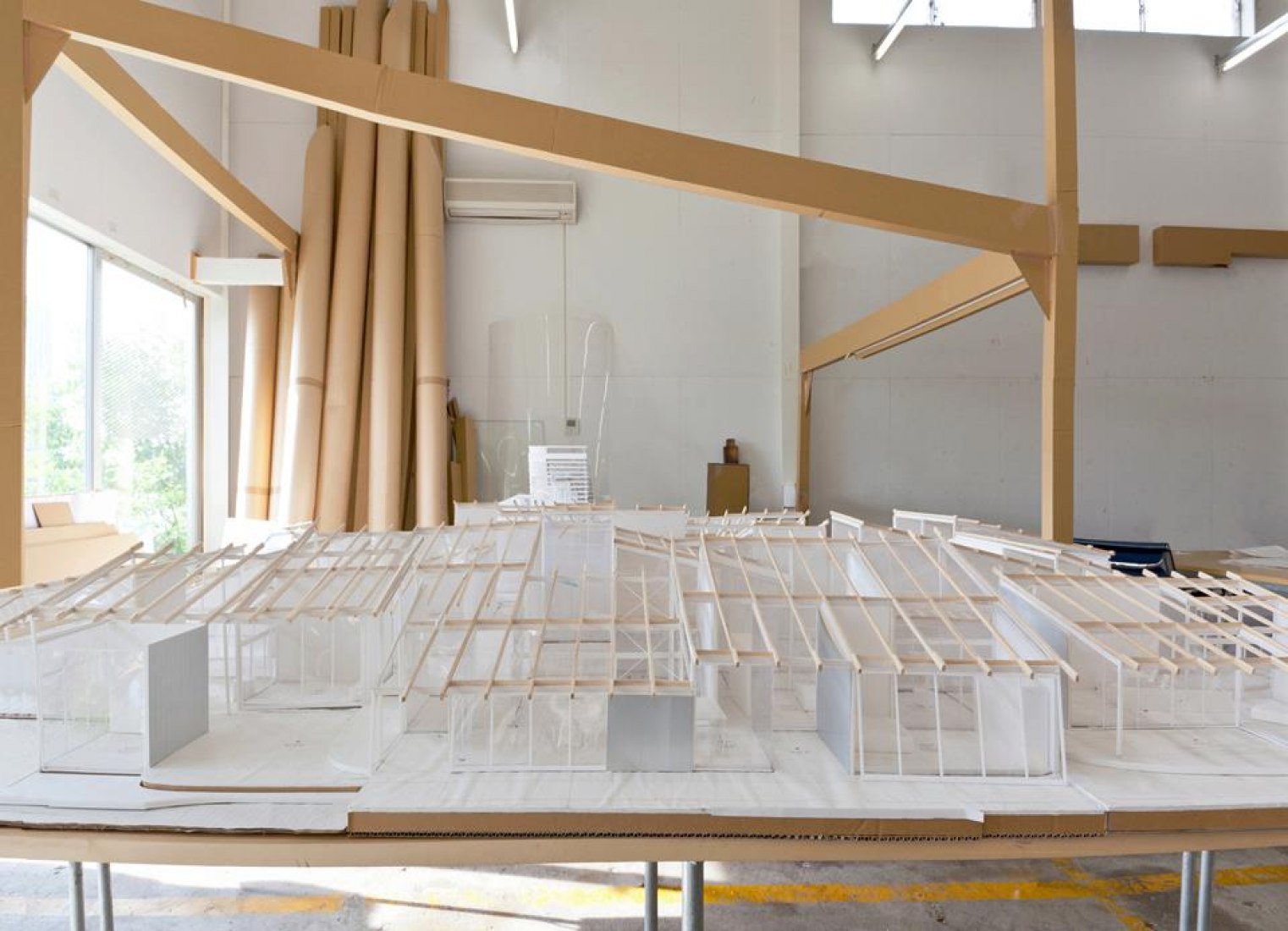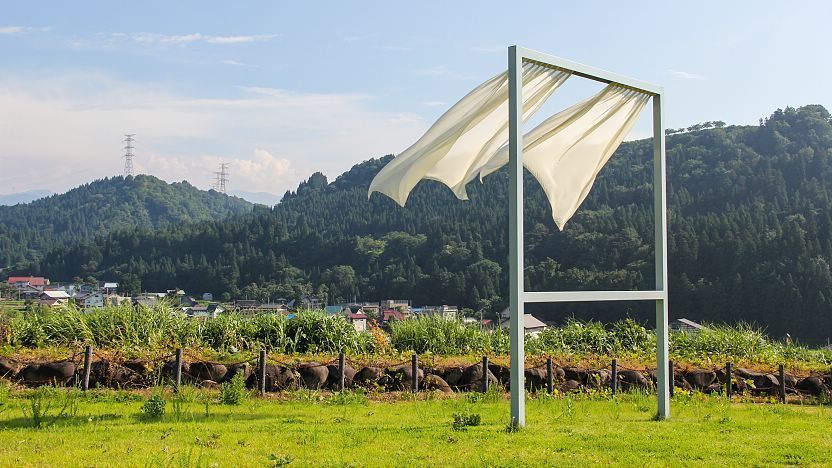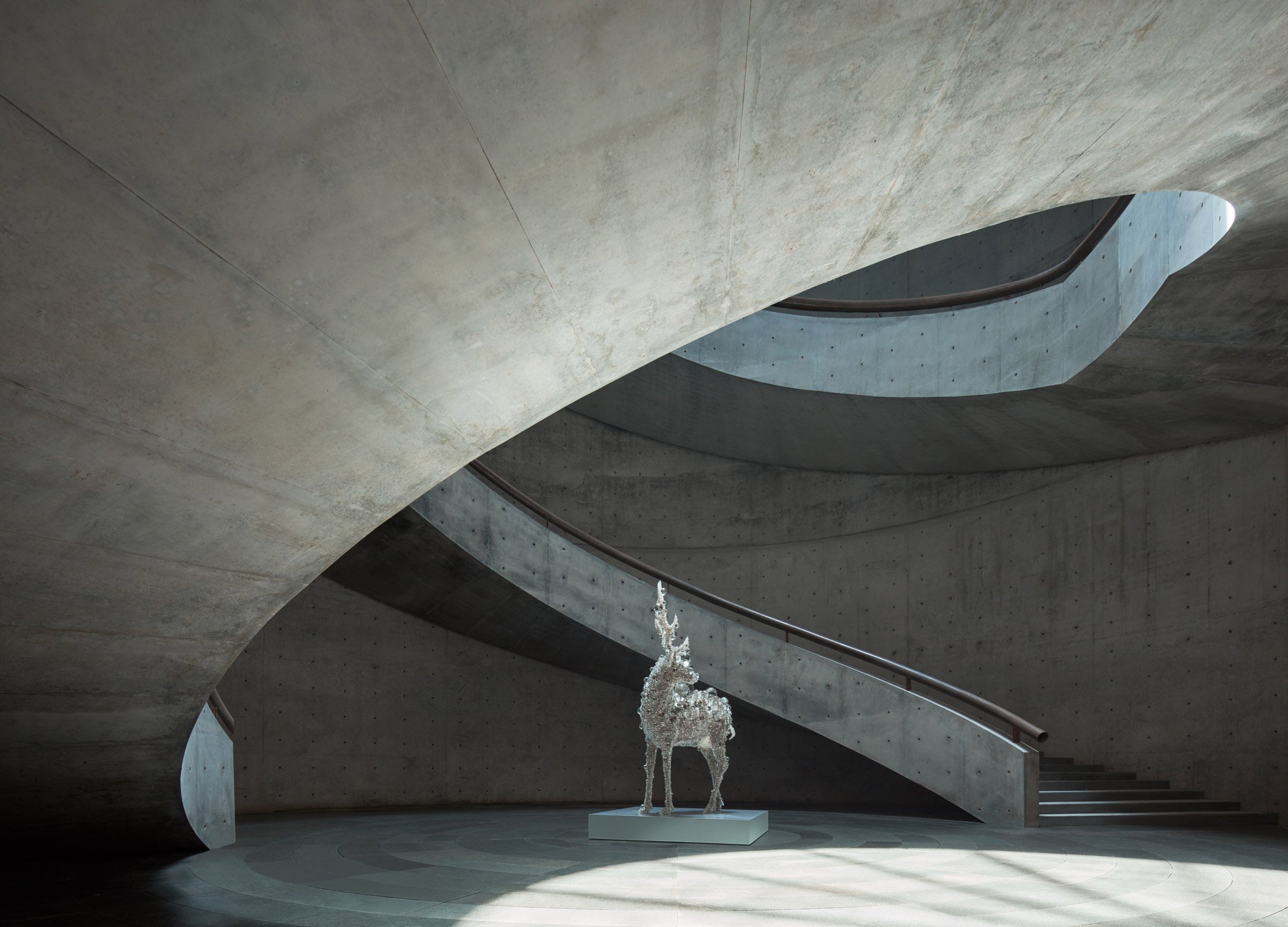Have you ever walked into a building and felt an instant sense of peace, as if the walls themselves were telling stories of time and nature? That's the magic of Wabi-Sabi in modern architecture. This age-old Japanese philosophy, rooted in embracing imperfection and the transient nature of life, is now a guiding force in contemporary architectural design. But how exactly does it weave its principles into the concrete and steel of modern buildings? Let's embark on a journey to uncover this beautiful interplay.
Wabi-Sabi: A Brief Brush with History Wabi-Sabi, a term that often defies direct translation, represents a concept deeply ingrained in Japanese culture. It's about finding beauty in the incomplete and impermanence in the perfect.
Wabi-Sabi and Modern Architecture: An Unlikely Romance At its core, Wabi-Sabi in architecture is about creating spaces that blend harmoniously with their surroundings, making use of materials that age gracefully and reflect the passage of time.

Nishinoyama House by Kazuyo Sejima (1998)
The Materials Speak: Embracing Age and Patina Modern architects inspired by Wabi-Sabi often choose materials like untreated wood, exposed concrete, or rusted metal. These materials are celebrated not despite their tendency to age, but because of it.

Corten House by DMOA Architects
Blending Boundaries: Indoor Meets Outdoor One of the hallmarks of Wabi-Sabi in architecture is the seamless flow between indoor and outdoor spaces. Large windows, open-air courtyards, and the use of natural light and greenery bring the outside world into the living space.
Simplicity and Minimalism: Less is More In Wabi-Sabi, there's a distinct lean towards minimalism and simplicity. This is evident in clean lines, functional layouts, and a lack of unnecessary decor or clutter.
He Art Museum by Tadao Ando
Embracing Imperfection: The Beauty of the 'Flawed' Modern buildings influenced by Wabi-Sabi often feature elements that are deliberately 'imperfect.' This could be an uneven texture on a wall, asymmetrical design elements, or the intentional inclusion of 'flaws.'_2655.jpg?1560892327)
Serpentine Pavilion designed by Junya Ishigami
Creating a Sense of Tranquility and Peace The ultimate goal of incorporating Wabi-Sabi into architecture is to create spaces that evoke a sense of tranquility and peace. This is achieved through a balance of elements, a connection with nature, and a respect for the authentic and aged.

Teshima Art Museum by Rei Naito and architect Ryue Nishizawa
Wabi-Sabi in modern architecture is more than just a trend; it's a thoughtful approach to design that seeks harmony with nature and beauty in the imperfect. As we continue to build and design in a rapidly changing world, the principles of Wabi-Sabi offer a path to creating spaces that are not only aesthetically pleasing but also deeply connected to the human experience and the natural world.
In embracing Wabi-Sabi, architects are crafting a future where buildings tell stories, not just of the people who inhabit them, but of time, nature, and the beautiful imperfection of life itself.


